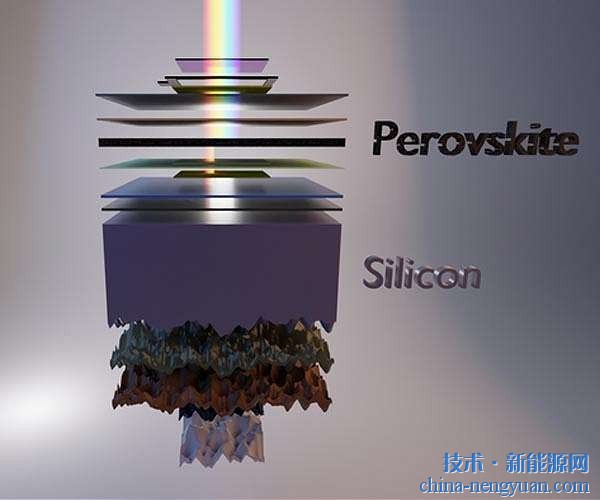Russia assembled "heat source" for nuclear-powered spacecraft reactor
 |
In order to fly farther and faster into space, R&D personnel have been devoted to nuclear-powered spacecraft. Recently, substantial progress was made in R&D in this area: Russian scientists assembled a “heat source†for future nuclear-powered spacecraft reactors – nuclear fuel fuel elements, and a series of subsequent tests will begin this year.
The lead designer of the component, Chereprunin, the chief designer of the Russian Institute of Energy Technology Research and Design, told the media a few days ago that the interplanetary spacecraft of the future should focus on the consideration of nuclear power plants. The nuclear power plant planning developed by the institute was approved by the Russian Federation’s Modernization and Economic Technology Development Committee in 2009. The sketch design of the plant was finalized at the end of 2011.
According to the design, this type of nuclear power plant will use air-cooled fast-neutron reactors with small dimensions. The nuclear fuel used is highly concentrated uranium dioxide, which is higher in concentration than ordinary nuclear power plant fuels. After the nuclear fission of uranium dioxide, it will generate extremely high thermal energy. These thermal energy will be transported to the outside of the reactor through the fuel element inside the reactor and the gaseous heat carrier. This important component was assembled at the beginning of this month by the research institute of the Russian Federal Energy Agency. There are no similar components in the world.
Cherepunen said that Russia will eventually make a megawatt nuclear power plant, and its working temperature will be about 1,000 degrees Celsius higher than that of a common device. To accommodate this high temperature, the shell of the reactor fuel element will use a refractory metal single crystal fusion material made of molybdenum. Heat energy derived from the reactor will drive the turbine unit to generate electricity, and the generated electricity will be continuously used to power the engine.
The helium-neon mixture in this engine generates ion current through ionization, and the powerful electric field generated by nuclear power will push the ion flow to the rear of the spacecraft at a high speed, so that the jet propulsion will be achieved and the spacecraft will fly to Mars in a shorter time. Wait for the solar system planets, or fly around in the near-ground space for longer. No radiation is released into space during this process. It has been estimated that the unit thrust of the EFI engine thus made is 20 times that of the chemical fuel engine.
According to Karodayev, director of the Russian “Kerdish†Science Center who participated in the research and development, its “predecessors†began developing space-based nuclear power plants in the 1960s, but the originally manufactured engine spewed out during abnormal operation. Radioactive hydrogen, today's design has been revised numerous times.
If all goes well, a nuclear power plant containing all the above components will be completed in 2018. To date, Russia has allocated a total of 17 billion roubles (about 3.1 billion renminbi) from the state budget for the development of related reactors, engines and capsules.
5-Hole Deck Mount Tub Faucet,5 Hole Roman Tub Faucet,5 Hole Deck Mount Tub Faucet,5 Hole Roman Tub Faucets
Heshan Janno Kitchen and Bath Technology Co.,Ltd , https://www.janno-ks.com
